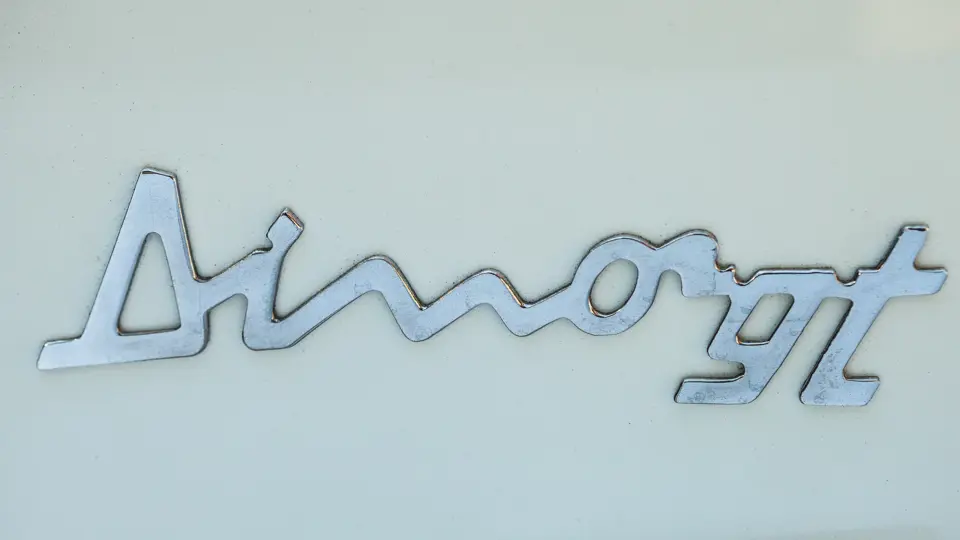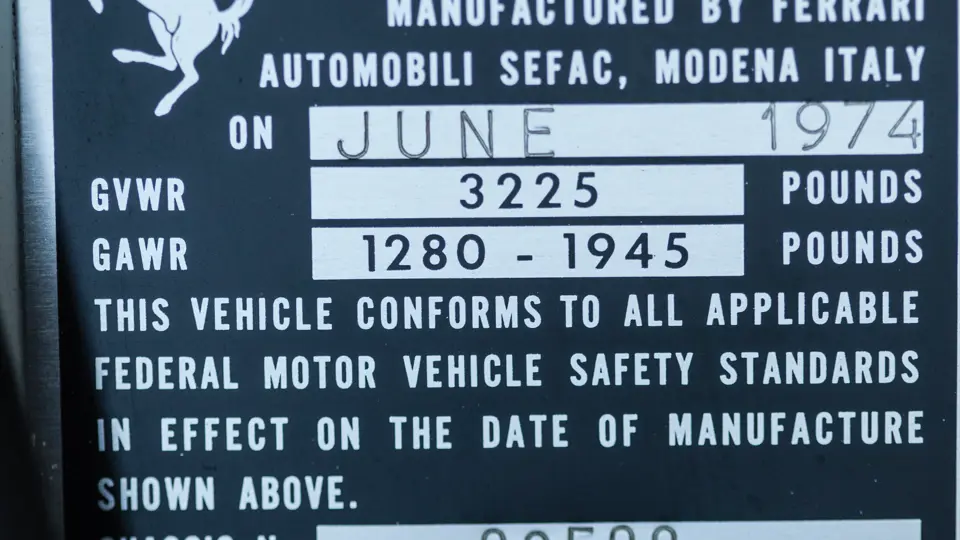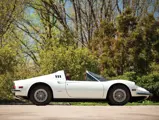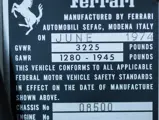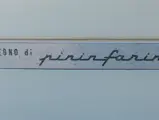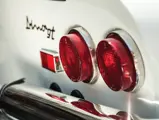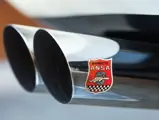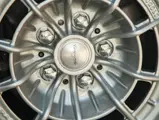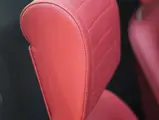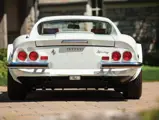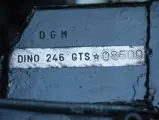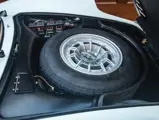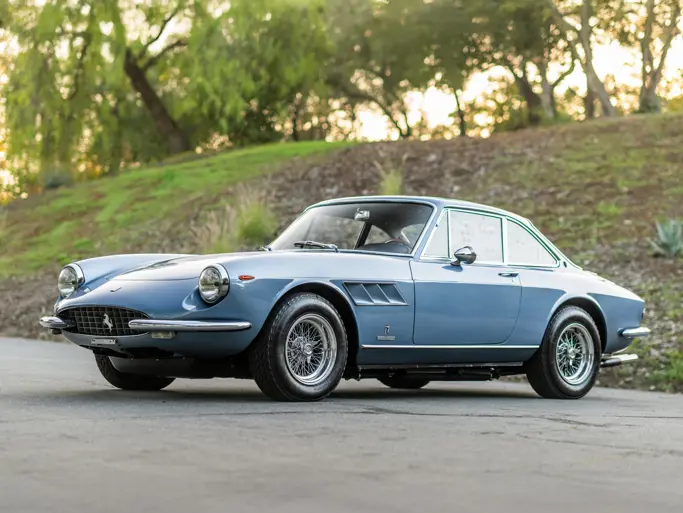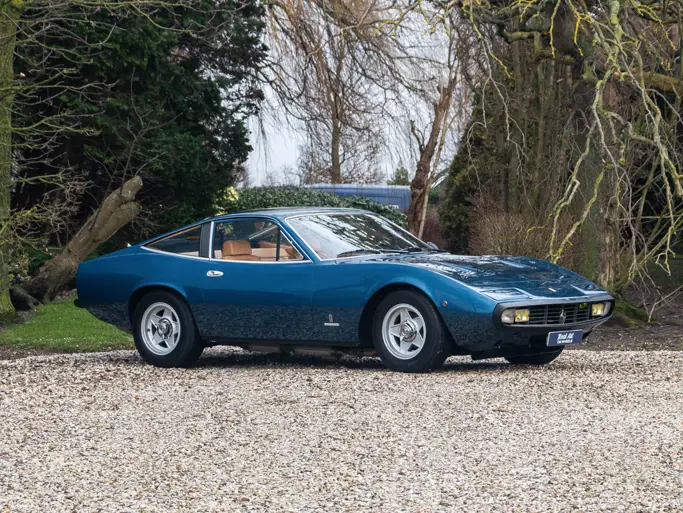190 hp, 2,418 cc DOHC V-6 engine, five-speed manual transmission, unequal length A-arm front and rear suspension with coil springs and anti-roll bars, and front and rear disc brakes. Wheelbase: 92.1 in.
At the time of its introduction, with half the typical number of cylinders, no prancing horse badge, nor any mention of the Ferrari name, the powers-that-be at Maranello failed to convince the world at large that the Dino was something other than a Ferrari. Nobody was fooled, and Ferrari finally had to give up its attempt to spin off the Dino as a new marque on its own. Fast forward nearly 40 years, and my, how things have changed. Today, the Dino, named for Enzo’s late-son and the designer of the V-6 engine, is recognized as every bit a Ferrari. Though, it is the only model ever produced by the firm not to wear the fabled prancing horse.
Most surprising is the fact that it took Ferrari so long to build the car. Competition Ferraris with V-6 engines had been on the scene since the late-1950s, yet it was not until 1967 that a road going production V-6 was marketed. That the Dino might be coming had been presaged twice; first, at the 1965 Paris Automobile Salon, where a styling exercise labeled the Dino 206 S Speciale was displayed on the Pininfarina stand, and next, at the Turin show the following year, when a working prototype Dino Berlinetta GT appeared. Unlike the show cars that featured longitudinal positioning of their engines, the production Dino 206 GT that debuted at Turin in 1967 had its DOHC V-6 engine mounted transversely, just ahead of the rear axle.
Fewer than 200 Dino 206 GTs were built by 1969, when the upgraded 246 GT appeared as its successor. Among the many amazing things about the car was its price, about $14,000. Those that longed for a Ferrari suddenly found one financially within reach. The car was universally well received by the buff books, the media, and the buying public. Perhaps the inroads made into Porsche 911 territory were not as deep as Maranello might have liked, but the response to the 246 GT was nothing short of enthusiastic. Equally so was the announcement of the targa roof 246 GTS in 1972. Now one could feel the wind rustle through their hair at 150 mph and, most especially, when accelerating from 0–60 mph in a tick over 7 seconds—a very breezy performance for the price.
Of the total 4,912 Dino 246’s built, only 1,180 were the targa-topped GTS’s like this model, adding to its desirability as a significant collector Ferrari. Even more so, it is what is considered the holy grail of 246 GTS Dinos, as it is a rare “Chairs and Flairs” variant. When the aforementioned 7½-inch sand-cast Campagnola wheels became available in 1972, cars so equipped were built with wider Group 4-styled fender flares to accommodate the additional track. Some of these cars were also furnished with Daytona seats, referring to the racing-style bucket seats available concurrently in the V-12 Daytona. A small number of Dino’s were equipped with both these items, taking on the Chairs & Flares moniker. This car also features optional factory air conditioning and power windows, further adding to its cachet; it is believed to be one of 92 equipped with Campagnolo wheels, Daytona seats, factory air conditioning, and its original factory radio. This Dino has the distinction of being the fifth car from the end of production in 1974, when the Dino was superseded by the V-8 308 GT/4 and subsequent 308 GTB in Ferrari’s lineup.
This Bianco Polo Dino with Rosso interior is matching numbers and has known history from new. As reported by Ferrari authority Marcel Massini, this example was sold new to Gary Yelvington, of Daytona Beach, Florida, in 1974, with Yelvington offering the car for sale in 1983 with just 9,000 original miles. A succession of owners followed, all of whom used the car sparingly. Today, the odometer reads little more than 19,000 documented miles from new. The original factory tool kit, resolute books, and some service records are included.
Preserving its originality was paramount in the exhaustive restoration that was just completed in early 2013. The body was removed from the chassis, and the car was taken to bare metal prior to being repainted in its original factory color by Wide World of Cars, the Ferrari dealer in Spring Valley, New York. A new red leather interior was installed, as per the original, and the mechanical restoration was done by experts at Radical Motorsports, in Ramsey, New Jersey. The original mouse-hair dash pad was in excellent condition and remains in place. Window seals were replaced, and the proper Michelin MX tires were sourced and fitted to the Campagnola wheels, which were refurbished. In addition, all of the chrome trim was refinished. Restoration details and receipts are available from the consigner upon request.
Having been just restored, this amazing Dino has never been shown and will no doubt be the star of the Dino class at any upcoming Ferrari show. With its low mileage, matching numbers, known history from new, factory air conditioning, and rare Chairs and Flares options, it is likely one of the most desirable Dino’s to come to market in recent times.





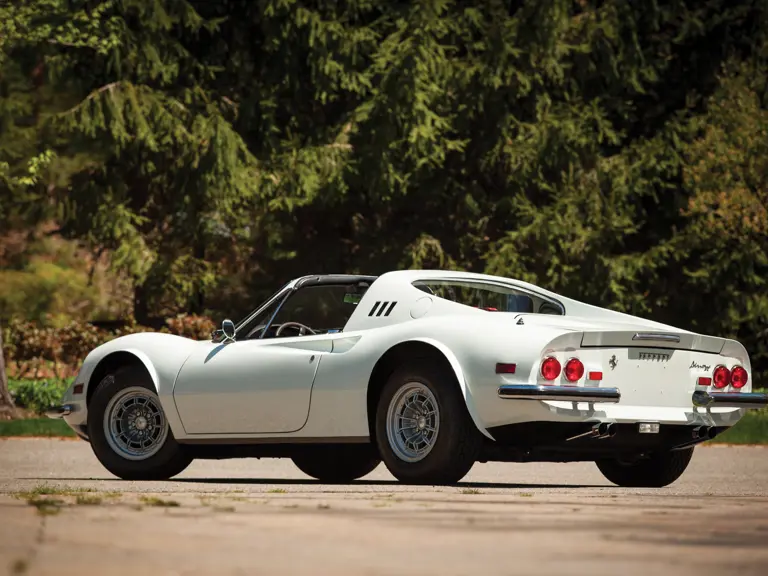
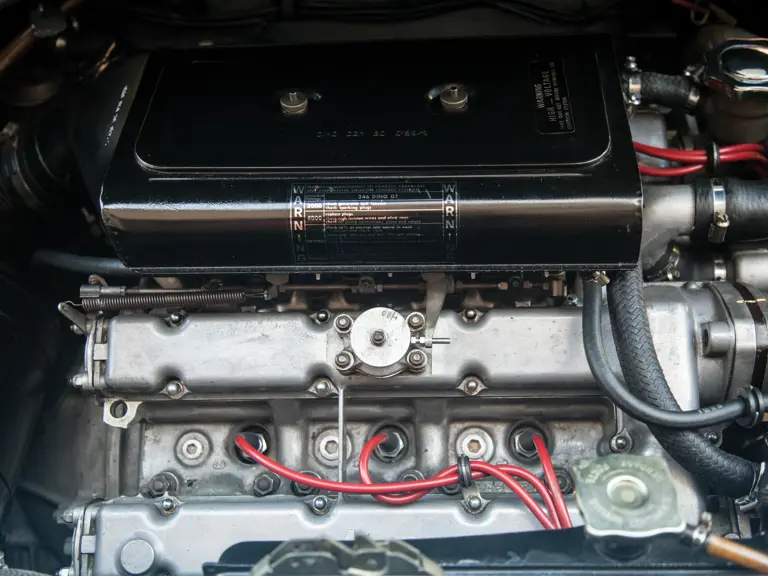
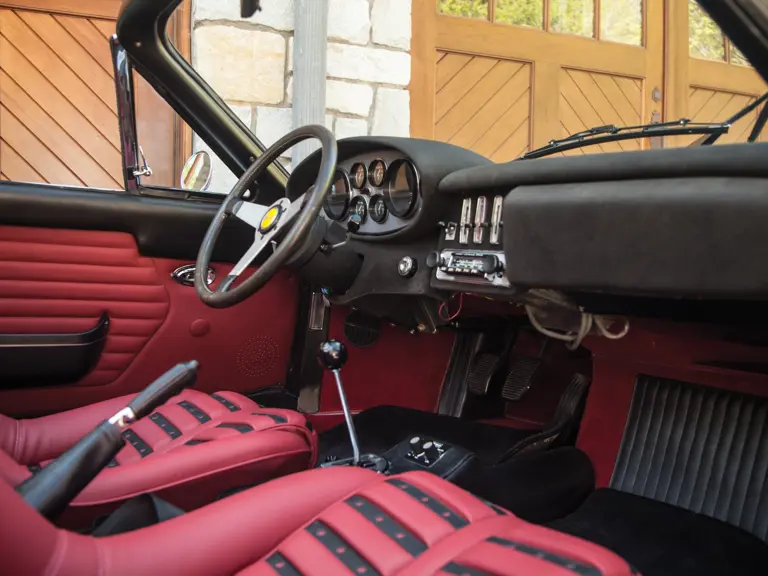
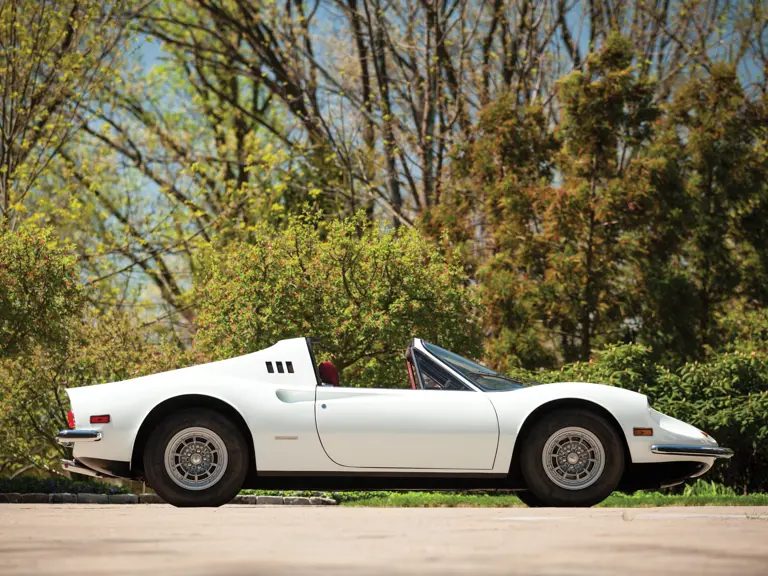
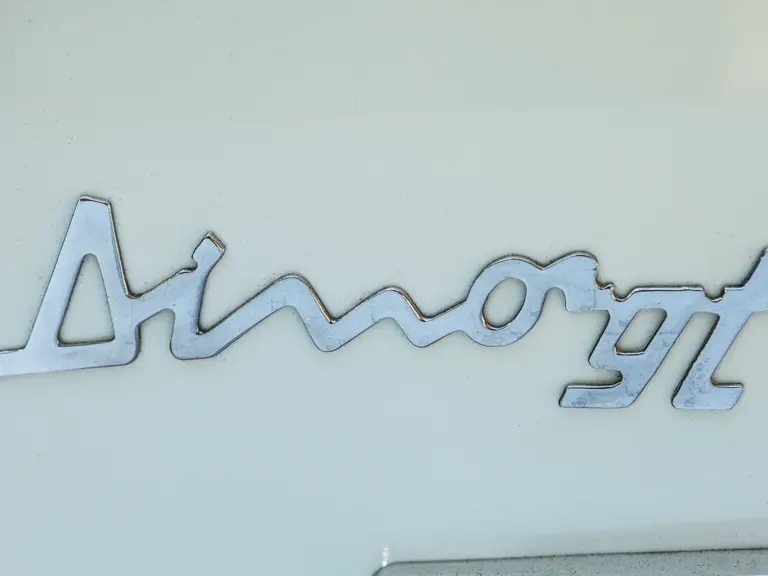



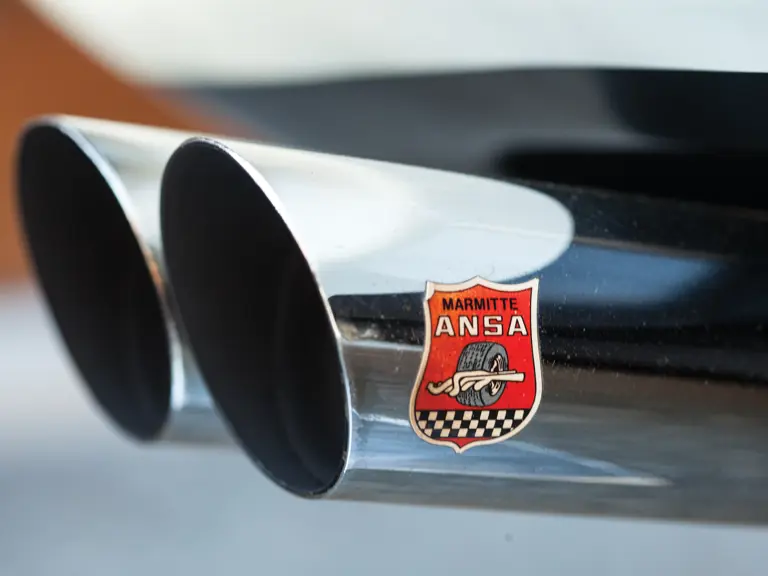
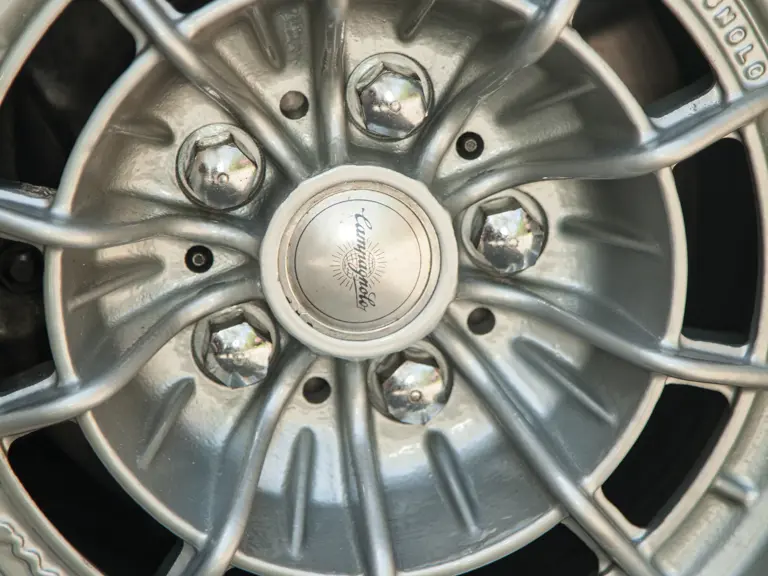

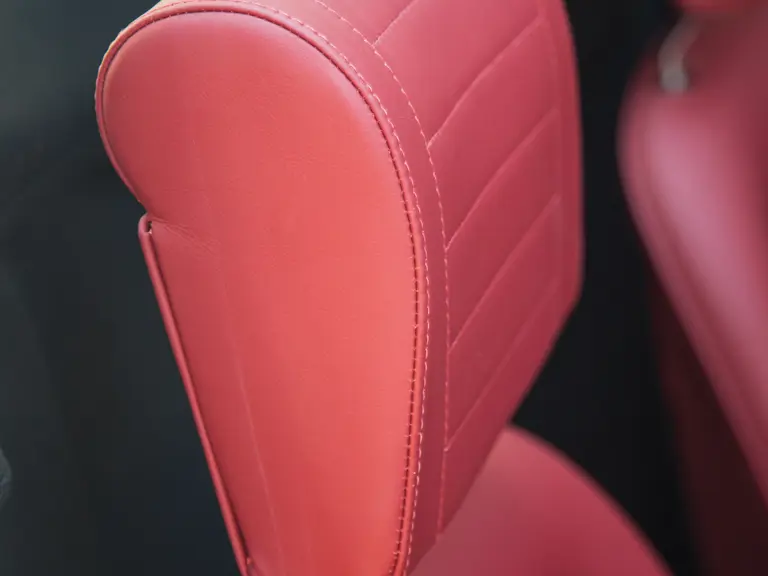
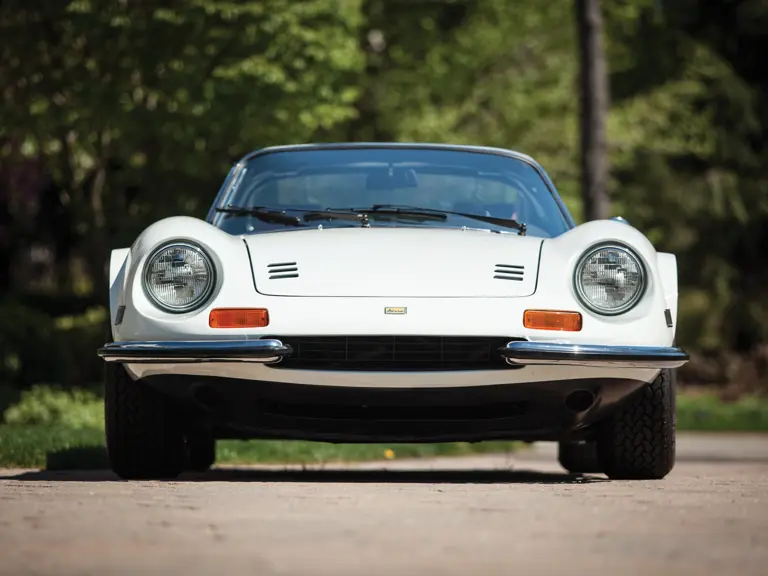
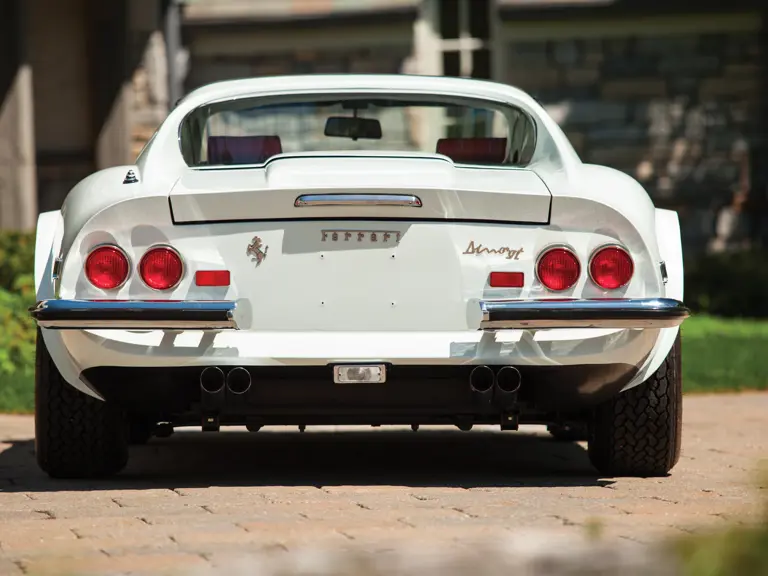
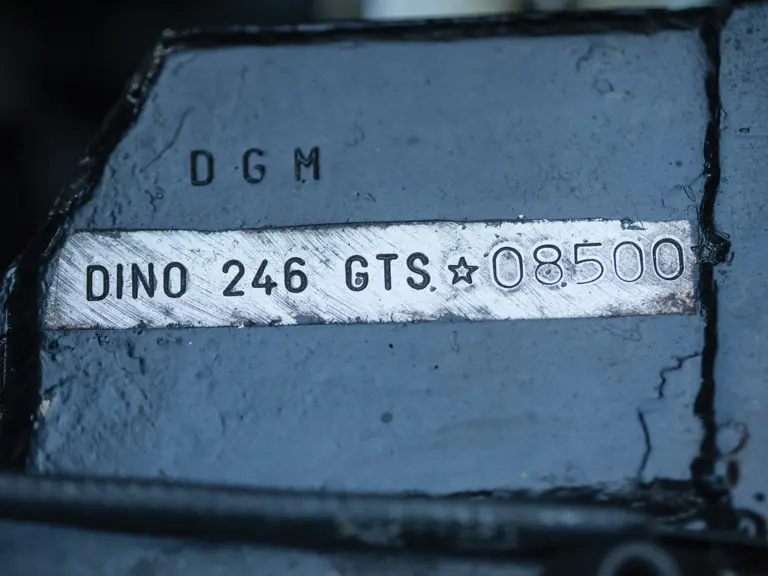
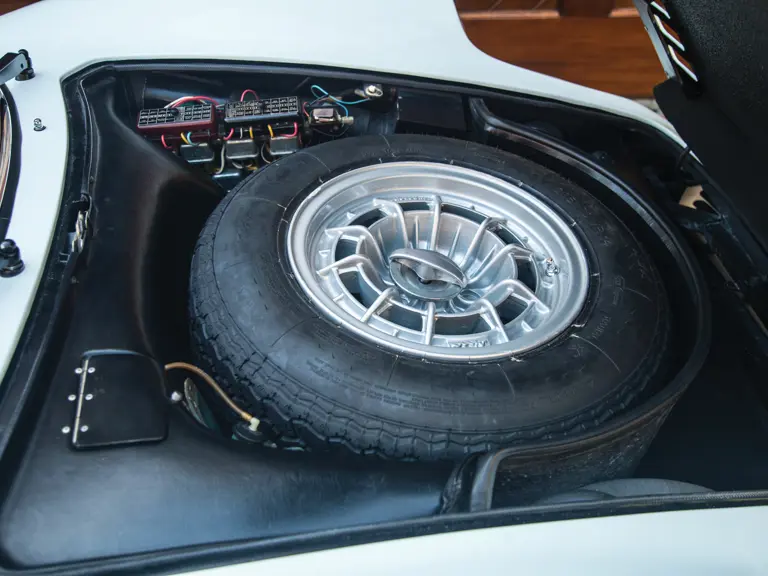


 | Monterey, California
| Monterey, California

